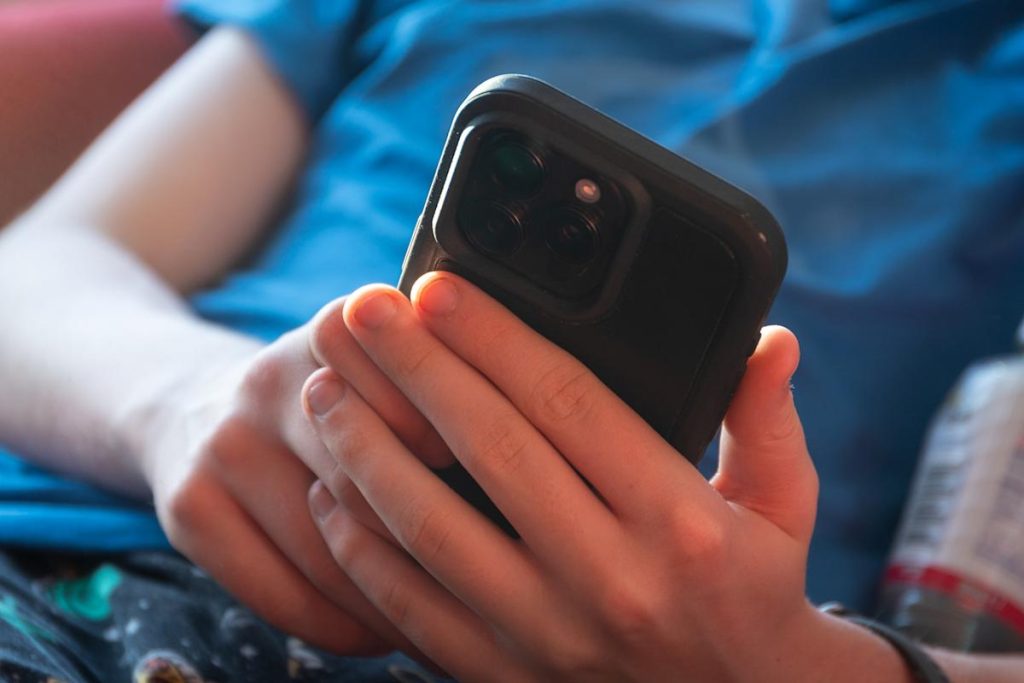New Light-Based Watermarking Technique Offers Hope in Fight Against Deepfakes
In an era increasingly dominated by digital media, the threat of manipulated videos, commonly known as deepfakes, looms large. These sophisticated forgeries, often created using artificial intelligence, can seamlessly alter footage to depict individuals saying or doing things they never did, potentially causing significant reputational damage, spreading misinformation, or even inciting violence. The rise of this technology has spurred a race to develop effective countermeasures, and researchers at Cornell University may have found a promising solution: a light-based watermarking technique that could help identify doctored videos and expose fraudulent content.
This innovative method, dubbed “noise-coded illumination,” subtly embeds verification data within the light sources illuminating a scene. The system works by introducing a barely perceptible, high-frequency flicker to the light emitted by lamps or screens. While this flicker remains invisible to the naked eye, it is readily captured by cameras recording the scene. Crucially, each light source is assigned a unique, pseudo-random flicker pattern, effectively creating a distinct code. This imperceptible code, embedded within the very fabric of the illumination, provides a robust and verifiable record of the original scene, making it significantly more difficult to manipulate the footage undetected.
To illustrate its practical application, consider a press conference held in a well-lit environment like the White House briefing room. Under this new system, the studio lights would be programmed to emit their respective unique, coded flickers. Any video recorded in this setting would inherently contain these embedded codes. If a manipulated clip subsequently emerges, purportedly showing a speaker making inflammatory remarks they never uttered, investigators could employ a specialized decoder to analyze the footage. By examining the recorded light codes and comparing them to the original illumination patterns, they could readily identify inconsistencies, revealing where alterations have been made and exposing the fraudulent nature of the video.
The underlying principle behind the “noise-coded illumination” technique leverages the subtle interplay between light and shadow. Each coded flicker essentially creates a low-fidelity, time-stamped version of the scene under slightly varied lighting conditions. These “code videos,” as the researchers call them, serve as a verifiable baseline against which any subsequent alterations can be compared. When a video is manipulated, the altered portions begin to deviate from the information contained within the code videos, creating discrepancies that pinpoint the areas of tampering. This technique also proves effective against AI-generated fake videos, as these synthetic creations lack the consistent light coding present in genuine footage, resulting in random and nonsensical code videos when analyzed.
While this watermarking technique holds immense promise, the researchers acknowledge certain limitations. Rapid motion within the scene or the presence of strong sunlight can interfere with the effectiveness of the code detection. However, they remain optimistic about its applicability in controlled environments such as conference rooms, television studios, lecture halls, or any setting where lighting conditions can be managed. In these scenarios, “noise-coded illumination” provides a powerful tool for verifying the authenticity of video recordings, enhancing trust in digital media and bolstering efforts to combat the spread of misinformation.
The development of “noise-coded illumination” represents a significant step forward in the ongoing arms race against deepfakes and other forms of video manipulation. This technique offers a novel approach to content verification, embedding authenticity directly into the lighting of a scene, making tampering significantly more challenging and detectable. As the technology continues to be refined and improved, it has the potential to become a crucial tool for journalists, investigators, and anyone seeking to verify the integrity of video evidence in an increasingly complex digital landscape. This innovative approach not only provides a means to detect manipulated content but also serves as a deterrent, making it less appealing for malicious actors to attempt video forgery in the first place. The ongoing battle against misinformation demands innovative solutions, and “noise-coded illumination” offers a beacon of hope in the fight against the pervasive threat of deepfakes.


